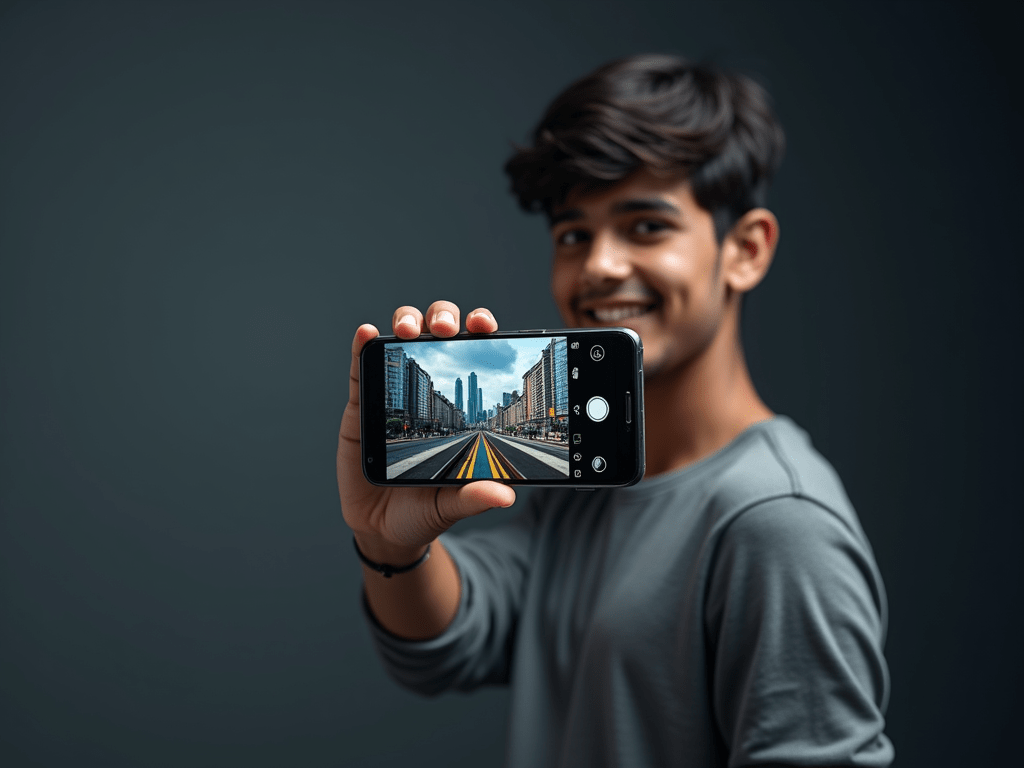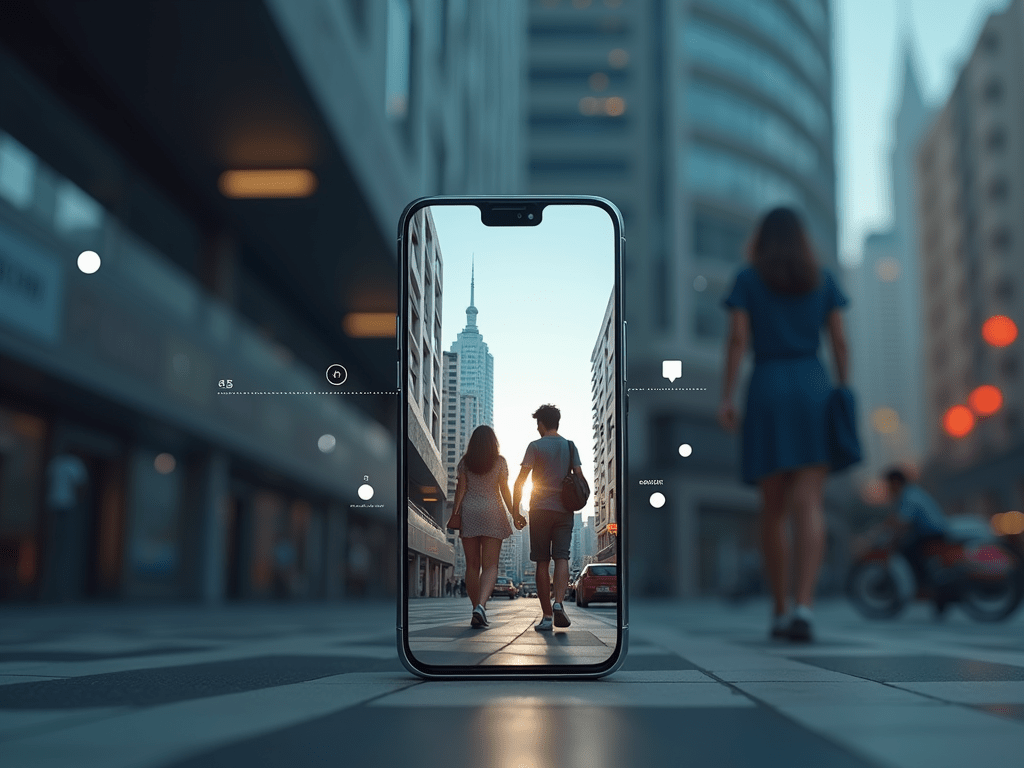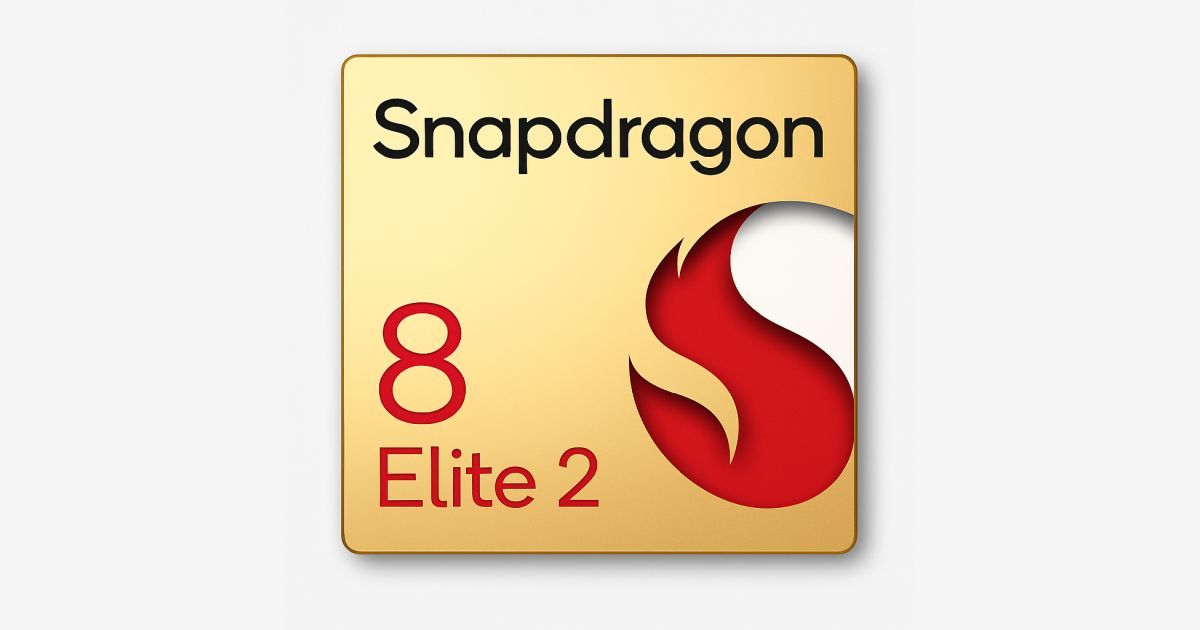AI is revolutionizing smartphone photography, with 67% of smartphone users now relying primarily on AI-enhanced photos. The convergence of computational photography and artificial intelligence has democratized professional-quality imaging, putting powerful photo capabilities in everyone’s pocket. Whether you’re a casual user or an aspiring mobile photography enthusiast, mastering AI Smartphone Photography in 2025 is essential to keep up with the rapidly evolving tech landscape. In this blog, we’ll explore how AI is transforming mobile imaging and how you can take full advantage of it.
The Evolution of AI in Smartphone Photography
The rise of AI Smartphone Photography has transformed how we capture and perceive mobile images. What was once limited to megapixel count and lens specs has now shifted dramatically towards software-driven imaging.
Computational photography—the technique of using AI algorithms to enhance image quality—has taken center stage. From real-time scene analysis to smart HDR and background segmentation, AI now drives many of the behind-the-scenes processes in image capture. This shift has influenced market trends significantly, with even mid-range smartphones offering features that were once exclusive to flagship devices.
In 2025, AI Smartphone Photography is no longer just a luxury; it’s a standard across nearly all price segments. Whether you’re using a budget phone or a high-end flagship, AI tools such as real-time scene recognition, dynamic range optimization, and enhanced autofocus are commonly available. This democratization has made quality photography accessible to millions.
Still, there’s a delicate balance between hardware and software. While premium smartphones continue to push the limits with multiple lenses and advanced sensors, it’s the AI-driven software that often makes the biggest difference in final output. In many cases, a mid-range phone with solid AI Smartphone Photography capabilities can outperform a high-end device lacking in smart processing.

Essential AI Photography Features to Master
To truly unlock the power of AI Smartphone Photography, it’s important to understand and master the core features that AI brings to the table.
Scene Optimization and Intelligent Detection
Modern smartphones use AI to identify scenes—like food, landscapes, portraits, or pets—and apply specific enhancements in real time. This feature automatically adjusts brightness, contrast, color balance, and sharpness, ensuring the best possible shot without manual input. Mastering this allows users to rely on the AI engine to do the heavy lifting, especially for casual or fast-paced photography.
Portrait Mode Enhancements and Bokeh Effects
AI-powered portrait mode has improved significantly in 2025. From better edge detection to realistic bokeh effects that mimic DSLR-style depth of field, AI ensures that your subject stands out naturally. Advanced face detection and skin tone optimization also add a professional touch to portraits—even when taken in less-than-ideal lighting.
Night Mode and Low-Light Photography
One of the most impressive applications of AI Smartphone Photography is its ability to excel in low-light conditions. AI-powered night modes use multi-frame processing and noise reduction techniques to create bright, detailed images even in near darkness. Understanding how and when to use night mode can dramatically elevate your mobile photography game.

Advanced AI Photography Techniques
Once you’ve got the basics down, diving into more advanced AI Smartphone Photography techniques can give your images a professional edge.
Computational RAW and Pro-Mode Mastery
For photography enthusiasts, shooting in computational RAW formats combines the flexibility of RAW editing with AI enhancements. Modern smartphones now offer AI-assisted Pro Modes that help you manually adjust ISO, shutter speed, and focus, while still leveraging computational algorithms for noise control and detail enhancement.
AI-Assisted Composition and Framing
Many phones in 2025 include real-time composition guides powered by AI. These tools help frame shots based on rule-of-thirds, leading lines, or symmetry, improving the visual storytelling in your photos. AI also recommends angles, crop suggestions, and even detects unwanted photobombs.
Creating Consistent Photo Styles with AI
AI-powered filters and style presets can now analyze your photo history to create a consistent aesthetic. This is incredibly useful for social media creators or content professionals who want a cohesive visual identity. Instead of manually editing every photo, AI learns your preferences and applies them automatically during capture or post-processing.
Future Trends in AI Smartphone Photography
As we look ahead, the field of AI Smartphone Photography continues to evolve with exciting new trends.
Emerging Technologies in Computational Photography
Breakthroughs in neural processing units (NPUs) and on-device machine learning are enabling faster, smarter, and more efficient AI computations. Expect features like real-time object removal, light painting, and hyper-realistic background replacements to become standard soon.
Ethical Considerations and Authenticity in AI Photography
With great power comes responsibility. As AI Smartphone Photography continues to blur the line between reality and digital enhancement, there are growing concerns around authenticity. Are your photos really yours if an AI modified 70% of the image? These ethical discussions will become increasingly important, especially in journalism, legal documentation, and online dating.
Cross-Device AI Ecosystem Development
The future also includes cross-device integration where your smartphone, tablet, drone, and even AR glasses work together using a unified AI system. This would allow a seamless photography experience—from capturing to editing to sharing—all powered by interconnected AI platforms.
Conclusion
The world of AI Smartphone Photography continues to evolve rapidly, making professional-level imaging more accessible than ever. Whether you’re capturing your daily life, creating content for social media, or documenting special moments, AI is your creative partner. By understanding and mastering these tools, you can transcend hardware limitations and focus on artistic expression. In 2025, the smartphone camera is no longer just a lens—it’s a powerful AI-driven photography studio in your pocket.
Embrace the AI revolution in mobile photography—because the future of storytelling is not just in what we capture, but how intelligently we capture it.




